Chinese, English, Tibetan, and Uyghur Language Datasets
Home » Case Study » Chinese, English, Tibetan, and Uyghur Language Datasets
Project Overview:
Objective
We’ve compiled a comprehensive dataset that spans texts from four distinct languages: Chinese, English, Tibetan, and Uyghur. This dataset aims to foster advancements in multilingual translation models, linguistic studies, and global communication tools. Additionally, it includes a diverse range of texts, from literature to technical documents, to provide a robust foundation for research and development. By integrating these languages, researchers can explore the nuances of translation and language understanding across diverse linguistic landscapes. Furthermore, this dataset offers an opportunity to study cultural and linguistic differences, facilitating a deeper understanding of global communication dynamics.
Scope
We gathered written texts from diverse genres like news articles, literature, scientific papers, and informal conversations. Each text is labeled with its respective language, and where applicable, we provided translations. Additionally, we incorporated more transition words to enhance the flow and coherence of the content.

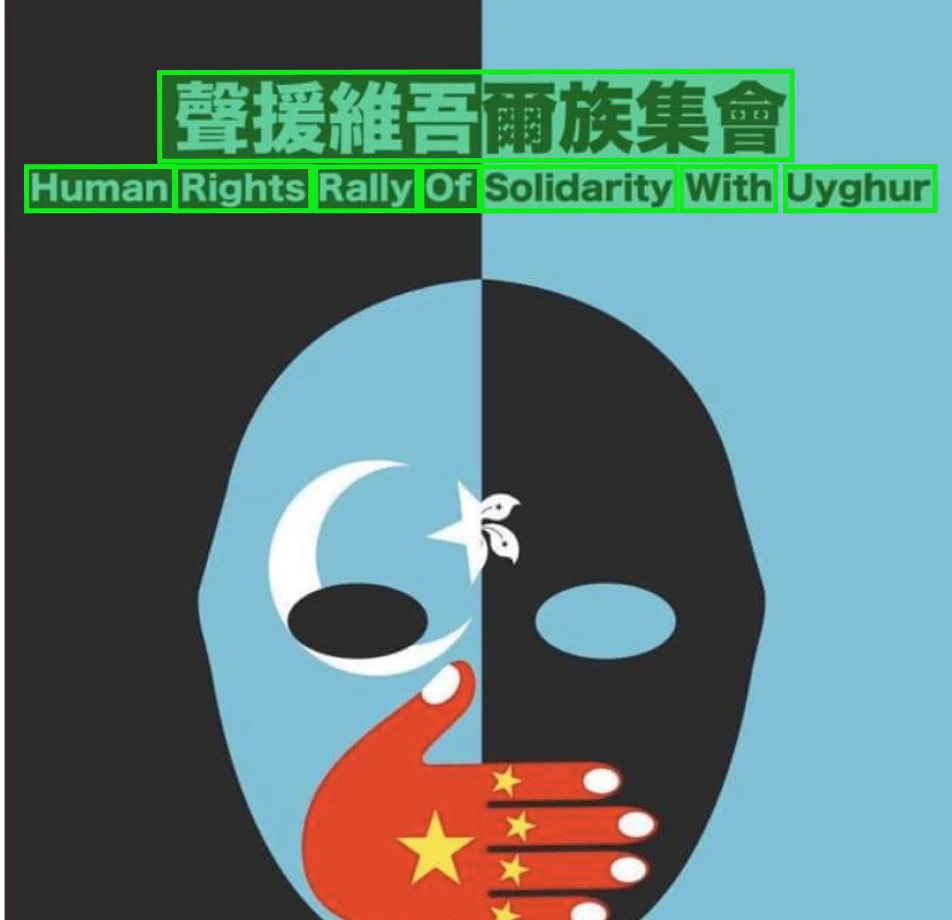
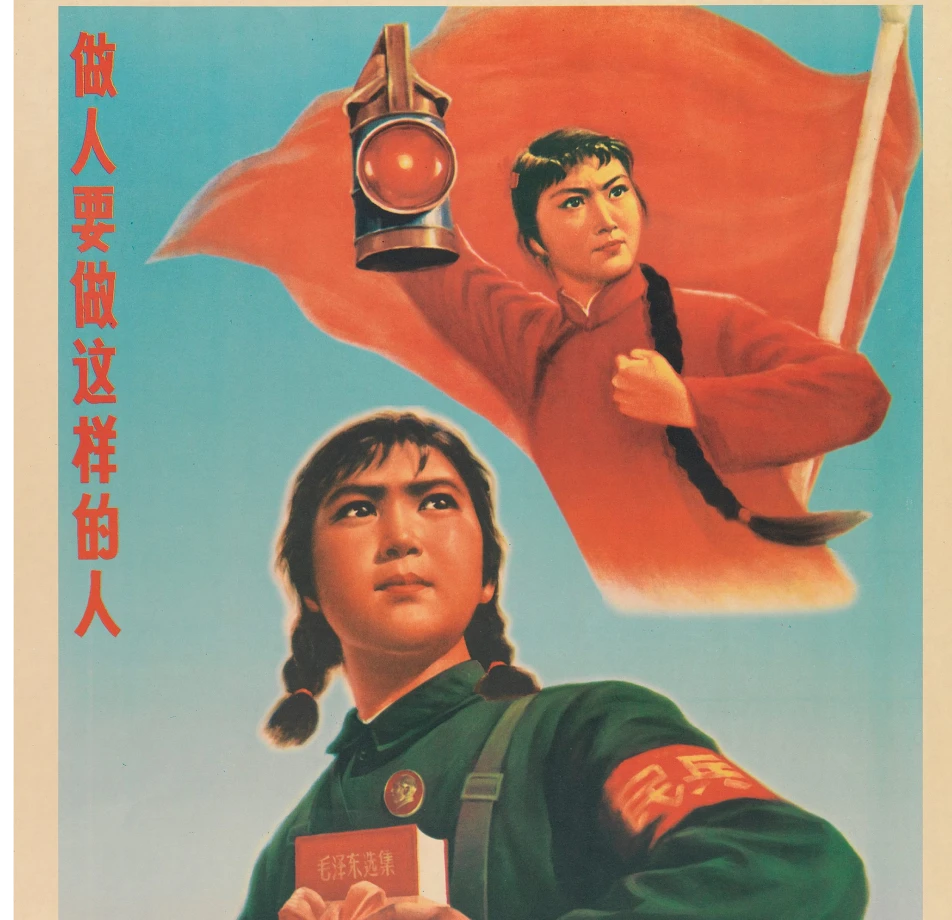

Sources
- Online news portals and e-magazines meticulously collect and successfully curate sources of contemporary information, thus providing readers with a comprehensive understanding of current events. Moreover, they offer a platform for diverse perspectives, fostering informed discourse and critical thinking. Additionally, these platforms actively engage with their audience, encouraging interaction and feedback,
- Collaborations with universities and linguistic departments: Engaged in partnerships resulting in a carefully collected and thoughtfully curated array of linguistic resources.
- Traditional literature and modern publications: Successfully curated and diverse literary works, both traditional and contemporary.
- Social media conversations (with user consent): Ethically collected and thoughtfully curated discussions from social media platforms.
- Open-source multilingual databases: Utilized open-source databases, ensuring a carefully collected and comprehensive set of multilingual resources

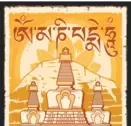
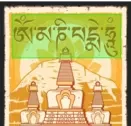
Data Collection Metrics
- Total Text Entries: 2,000,000
- Chinese: 600,000
- English: 500,000
- Tibetan: 450,000
- Uyghur: 450,000
Annotation Process
Stages
- Text Pre-processing: We will enhance the text processing pipeline by incorporating additional transition words to improve the flow of information. Moreover, we will actively standardize the format of texts, remove special characters, and normalize content.
- Language Labeling: Additionally, each text entry will be tagged with its corresponding language to facilitate language labeling.
- Translation (where applicable): Furthermore, translations will be provided for a subset of texts to be utilized in multi-language translation models.
- Validation: Lastly, we will validate the processed texts by subjecting them to review by linguists and employing preliminary language detection algorithms.
Annotation Metrics
- Total Language Annotations: 2,000,000
- Translations Provided: 200,000 (50,000 for each language)

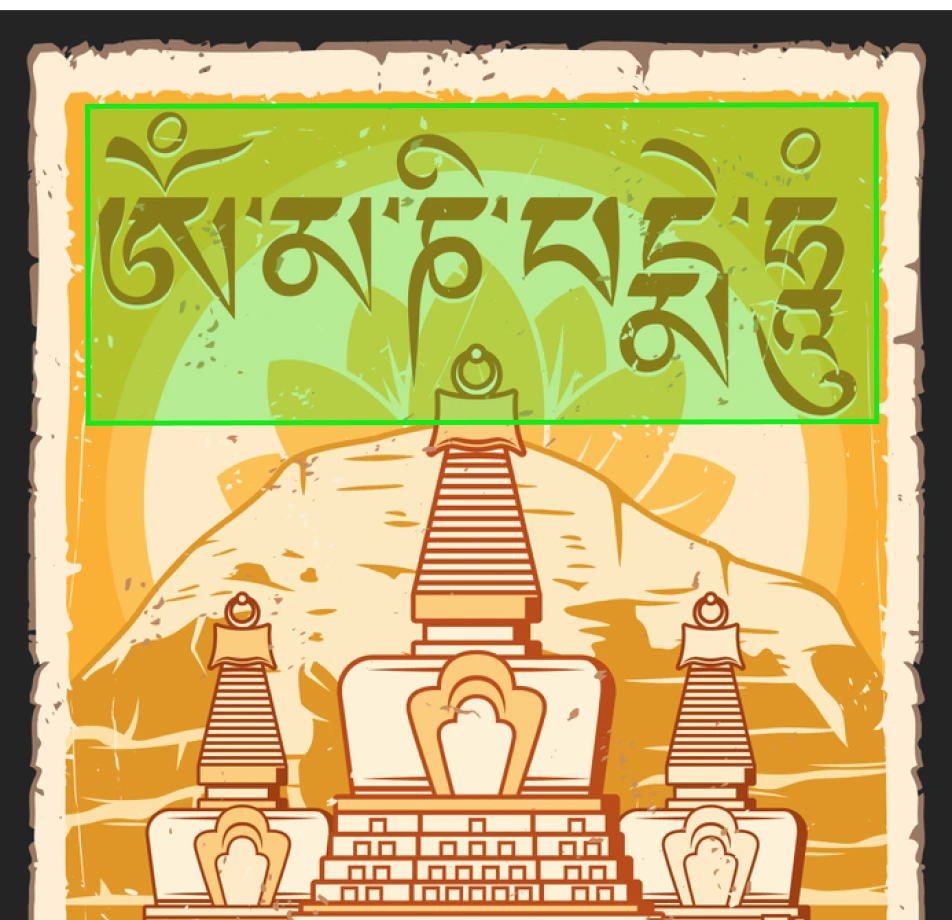

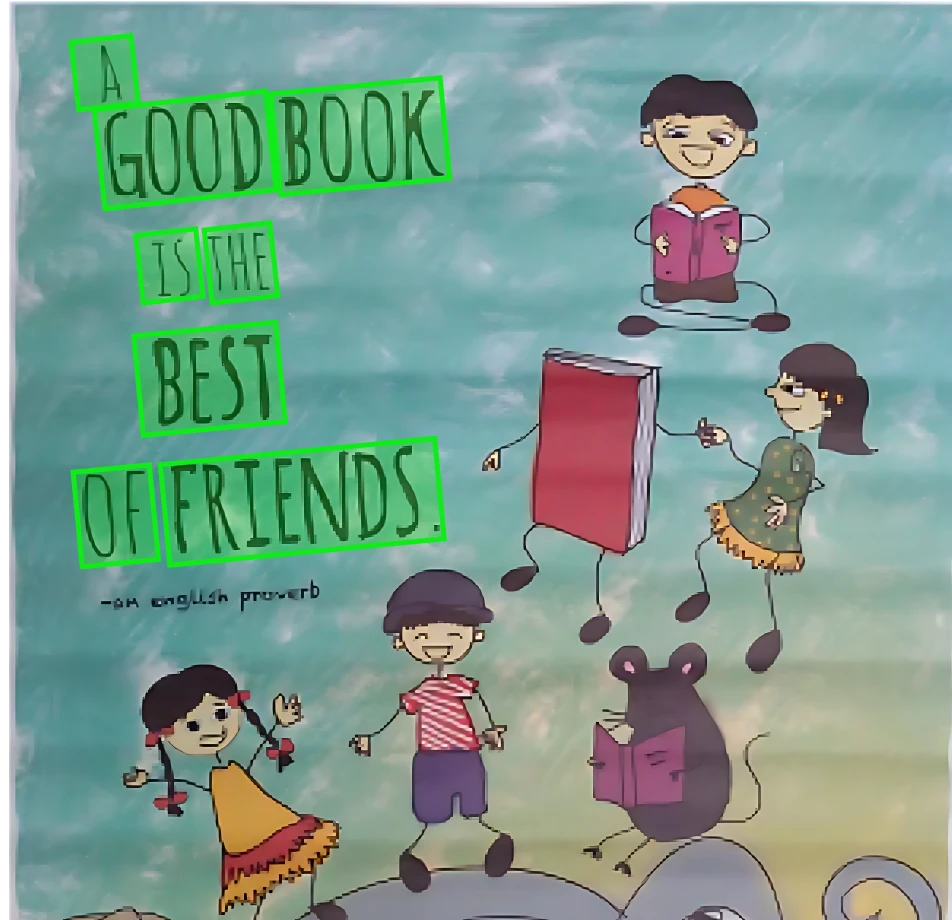
Quality Assurance
Stages
Automated Language Detection Verification: Initial models confirm the language of each text.
Peer Review: Subsequently, a secondary group of annotators peer reviews the annotations and translations.
Inter-annotator Agreement: Furthermore, a selection of texts undergoes multiple annotations to ensure a high degree of consistency among annotators.
QA Metrics
- Annotations Validated using Language Detection: 1,000,000 (50% of total entries)
- Peer Reviewed Annotations: 600,000 (30% of total entries)
- Inconsistencies Identified and Rectified: 20,000 (1% of total entries)
Conclusion
Chinese, English, Tibetan, and Uyghur, presents a rich tapestry of linguistic diversity. It forms the backbone for AI systems that aim to bridge communication gaps and foster a deeper understanding among these languages. By harnessing this dataset, technology can not only translate words but also transmit the cultural and contextual nuances embedded within each language.

Quality Data Creation

Guaranteed TAT

ISO 9001:2015, ISO/IEC 27001:2013 Certified

HIPAA Compliance

GDPR Compliance

Compliance and Security
Let's Discuss your Data collection Requirement With Us
To get a detailed estimation of requirements please reach us.